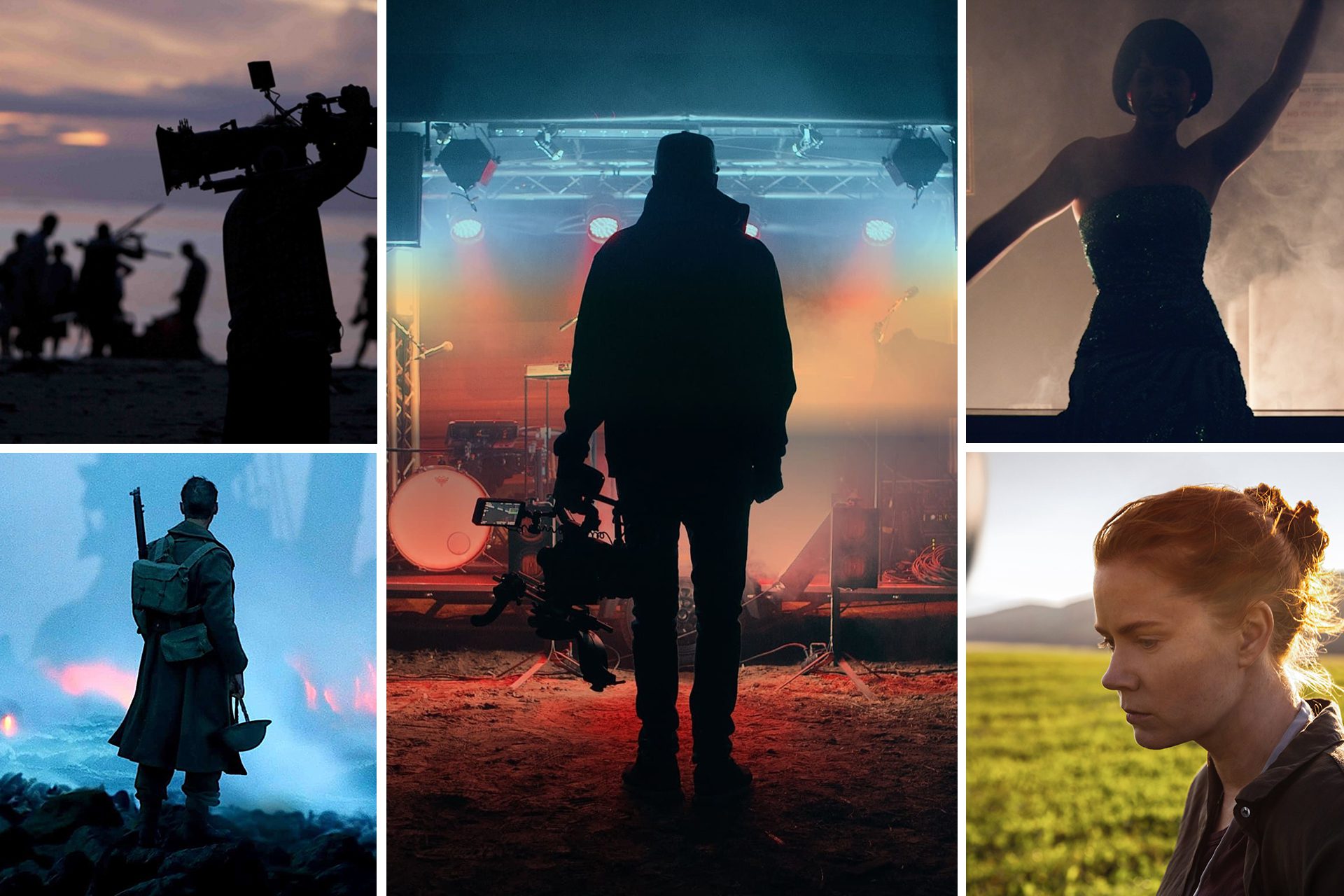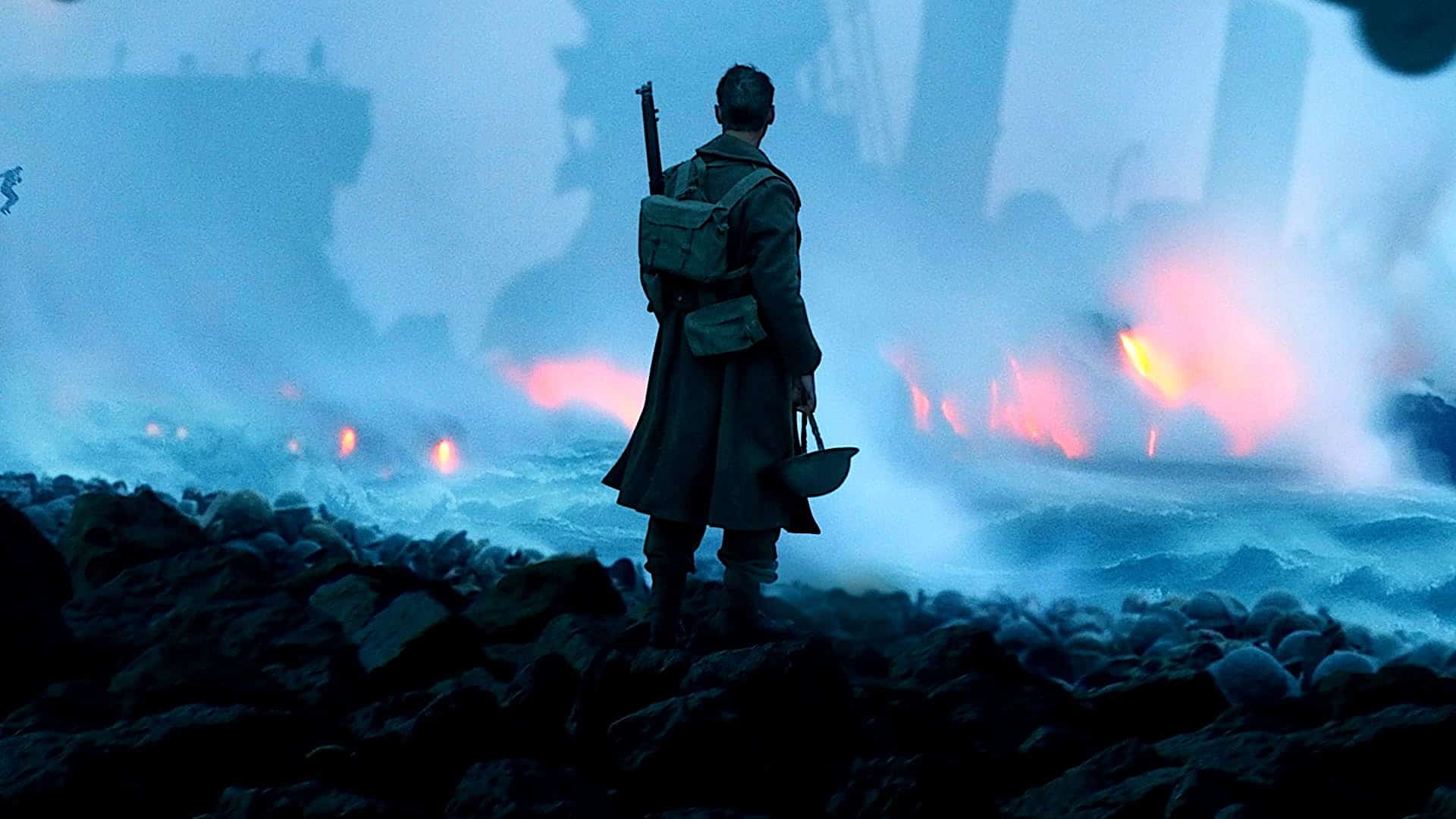

Cinematography Cinematography techniques film studiobinder
Welcome to a deep dive into the art of cinematography! In the world of filmmaking, cinematography takes center stage, transforming scripts into stunning visual storytelling. Whether you’re an aspiring filmmaker, a seasoned director, or simply a movie enthusiast, understanding the nuances of cinematography can significantly enhance your appreciation of film. Below, we’ve gathered some incredibly valuable resources that illustrate the techniques and principles behind effective cinematography. Let’s explore!
Cinematography Masterclass By The Greatest Cinematographers

The world of cinematography is vast and diverse, filled with innovative techniques and storytelling methods that shape film as we know it. This masterclass dives into the expertise of the greatest cinematographers, offering aspiring filmmakers insights into their creative processes and methodologies. When studying the legends behind the lens, we learn about the importance of lighting, composition, and camera movement, which can elevate a film from standard to extraordinary.
One of the most compelling aspects of cinematography is the way it influences the audience’s emotional response. Great cinematographers know how to use light and shadow to evoke feelings of suspense, joy, or sadness. They play with composition to lead the viewer’s eye to what is important in a scene, effectively guiding the story without a single word being spoken. By analyzing the works of world-renowned cinematographers, we can glean valuable lessons that apply to any project, from student films to Hollywood blockbusters.
30 Best Cinematography Techniques & Tips You Didn’t Learn in Film School

Cinematography is not just an art; it’s a complex set of techniques that can be learned and mastered over time. This resource dives into the top 30 techniques that often go unmentioned in traditional film school settings. Whether you’re looking to master the art of dolly shots, understand the intricacies of depth of field, or learn how to utilize color grading effectively, these tips cover it all.
Exploring these techniques will give you a more comprehensive view of how to shoot a film effectively. For instance, the use of camera angles can completely alter a scene’s perspective. A low-angle shot can empower a character, making them appear larger than life, while a high-angle shot can evoke feelings of vulnerability or defeat. These subtle choices make a big difference in storytelling, and understanding them can set your work apart.
Before you begin your journey into cinematography, it’s essential to equip yourself with fundamental knowledge. Learning about the different types of cameras, lenses, and equipment will prepare you for practical implementation of the techniques you learn. Furthermore, understanding film theory and how it relates to visual storytelling will help you create a cohesive narrative that resonates with audiences.
Cinematography also involves an understanding of the language of film, including the placement of shots and the pacing of editing. Each frame is a canvas, and the way you frame your shots can communicate themes and emotions to the viewer. Through consistent practice and experimentation with the tips provided in this resource, you will develop your unique style and approach to cinematography.
In conclusion, marriage storytelling with visual artistry is critical in filmmaking. As you explore the resources provided, take the time to analyze, practice, and apply the techniques you discover. Whether you’re shooting your first short film, working on a feature-length narrative, or simply exploring your creativity, mastering these tips will undoubtedly enrich your filmmaking experience.
Embrace the journey of learning and let your passion for cinematography guide you. Remember, every great cinematographer started from scratch. With dedication and practice, you too can tell compelling stories through the unmistakable art of visual storytelling!







